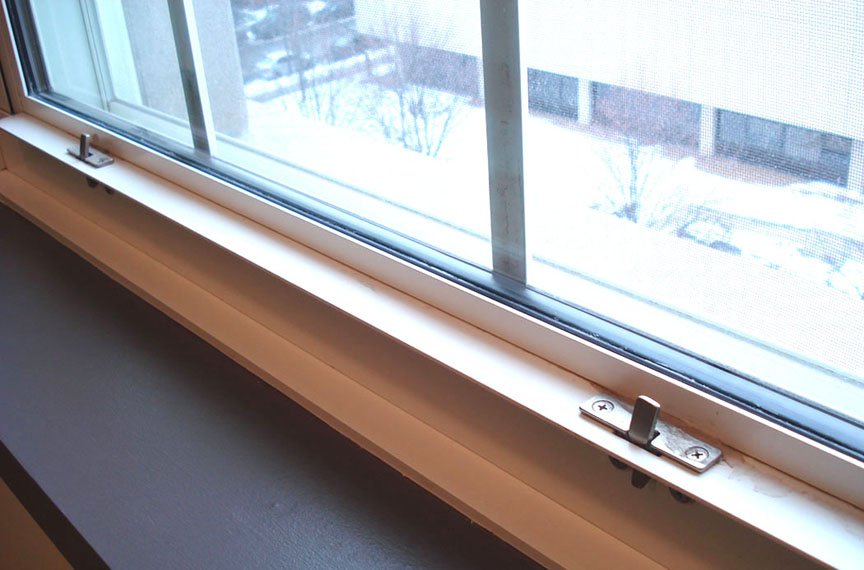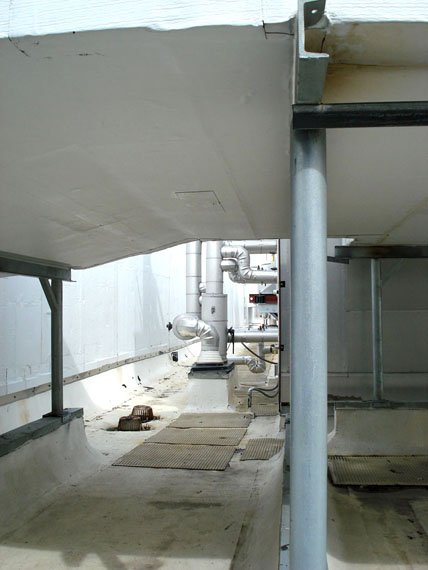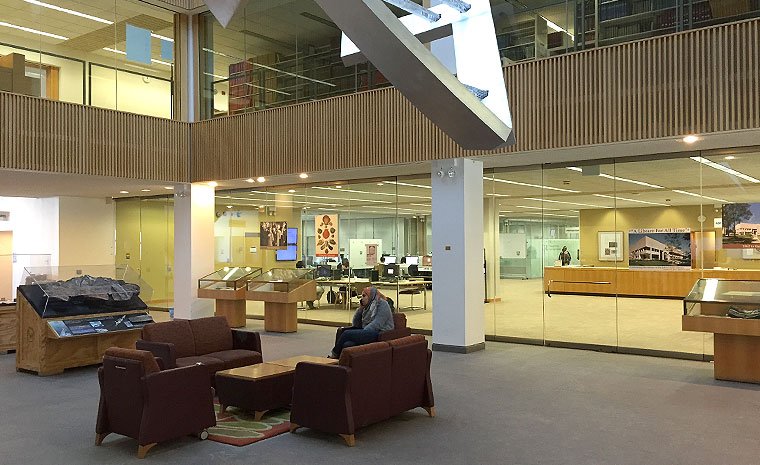Energy Efficiency
If a system is designed efficiently, the operation of that system will create fewer pollutants. Therefore, pollution is a measurement of inefficiency. New tools allow for integrated systems approaches to design that help eliminate inefficiencies in a system.
Building Information Modeling (BIM)
BIM computer technology is one of these tools. It creates information-rich virtual models of a building that allow testing of alternative designs and better collaboration between architects, engineers, and designers. Ultimately, designing systems that heat, cool, power, and bring water into and out of buildings in the most efficient way possible will lead to conservation of resources. Designing for efficiency also reduces pollution from both conventional energy production (that powers the systems) and byproducts of the system.
Systems and Monitoring in Buildings
Principals of physics, such as thermodynamics and systems, are key concepts at work in green engineering. Understanding and designing for given conditions and constraints allows building systems to work efficiently. High efficiency lighting and controls allow a central system to evaluate natural light levels in perimeter areas of a building and adjust lighting accordingly. High-performance windows help provide an exterior envelope that seals in heat in the winter and cooling in the summer. The Illinois Bell Building has operable high-efficiency windows and shades along with a perimeter lighting system that automatically adjusts based on the natural lighting available. This contributes to energy savings for lighting and cooling throughout the building. In Searle Chemistry Laboratories, a heat recovery system on the roof extracts heat from the exhaust air before releasing the exhaust.


